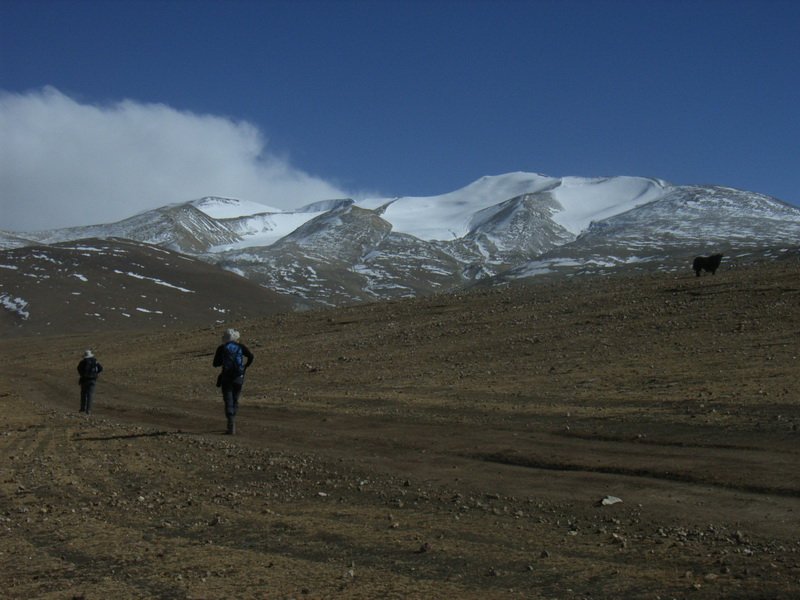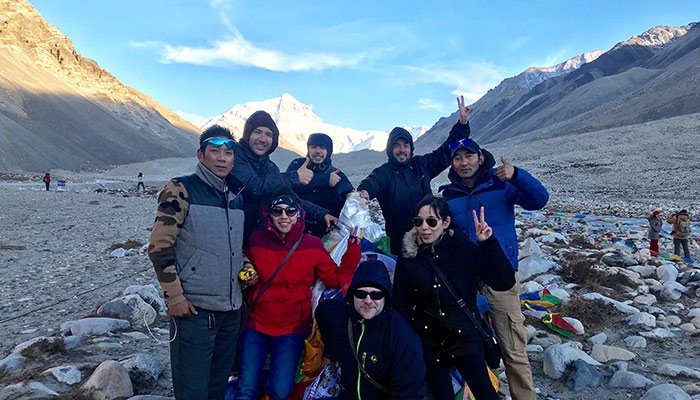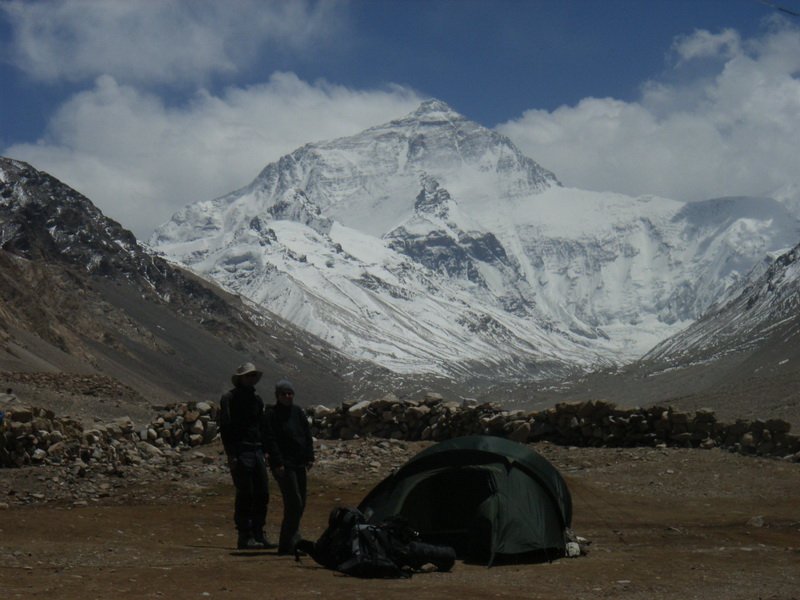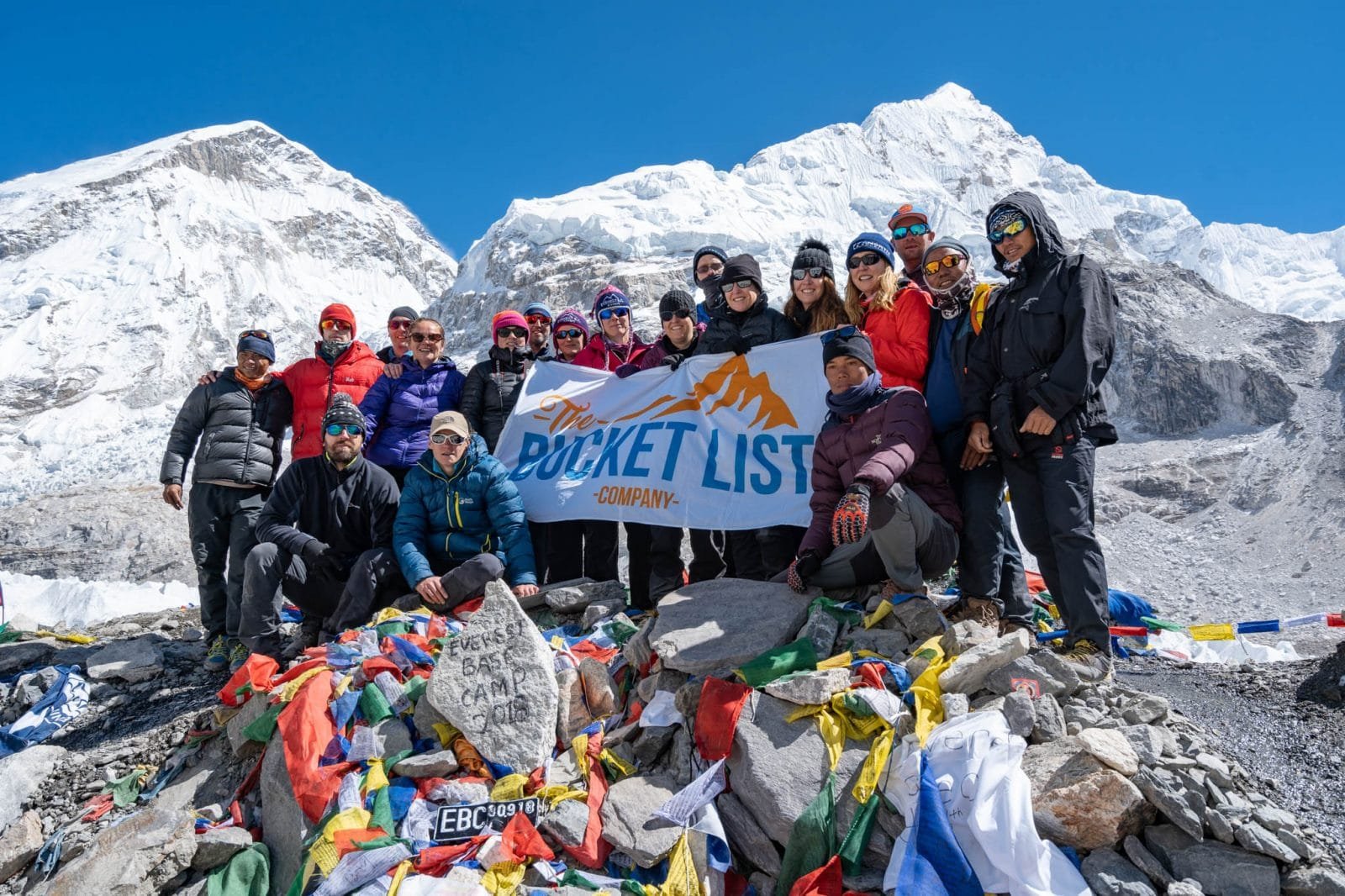From Tingri To Everest: Strategies For A Successful Trek

Executive Summary

Mount Everest is the highest mountain above sea level and has long since captivated the imaginations of many adventure seekers around the world. Every year, hundreds of people flock to Nepal to attempt the exhilarating yet daunting trek to the summit. This article dissects and analyzes the challenges associated with making this journey, focusing on the specific section from Tingri to Everest Base Camp. Detailed guidelines are laid out for trekkers looking to make the most of their expedition, including subtopics such as acclimatization, packing, navigation, safety precautions, and dealing with extreme conditions. By understanding these key components of the trek and ensuring appropriate preparation, trekkers can significantly improve their chances of a safe and successful ascent.

Introduction
Tingri is the last town that travelers pass through before entering the Everest Region and is a lively hub of activity for trekkers. As the gateway to Mount Everest Base Camp, Tingri provides trekkers with a final chance to resupply and prepare for the challenging journey ahead. From Tingri, the trail to Everest Base Camp offers trekkers a diverse and breathtaking landscape. But the beauty belies the ever-present risks that trekkers face in this inhospitable terrain, and a multitude of long-term complications can arise from poor preparation. That being the case, climbers must be aware of the obstacles they’re facing and know how to respond to them.
Subtopics:
1. Acclimatization: Preparing Your Body for High Altitude
Gradual Ascent: To avoid altitude sickness, it’s essential to ascend gradually and allow your body adequate time to adjust to the decreasing oxygen levels as you gain altitude.
Rest Days: Ensuring you incorporate rest days while trekking aids in the acclimatization process. These rest days promote physical recovery and provide opportunities to sleep at lower elevations, allowing your body to replenish its oxygen stores.
Hydration: Maintaining proper hydration is crucial. At high altitudes, the air is dry, so you’ll need to drink more water than usual to prevent dehydration.
2. Packing: Essential Gear for the Journey
Clothing: Be sure to pack warm and layered clothing since temperatures can fluctuate drastically at high altitudes. Breathable materials are key, as you’ll need to balance warmth with the ability to regulate your body temperature.
Footwear: Sturdy, well-broken-in hiking boots are essential for providing support and protection on the rocky trails. These boots should be waterproof and provide good ankle support.
Equipment: Don’t forget the basics: a first-aid kit, a map and compass, a flashlight, and a multi-tool. A good-quality backpack is a must for carrying your gear.
3. Navigation: Finding Your Way Through Challenging Terrain
Trail Signs: Keep an eye out forcairns, small piles of stones, and other trail markers that indicate the correct route.
Maps and GPS: Carry a detailed map of the region and consider using a GPS device as well. These tools can help you stay on track, especially in areas where the trails are less defined.
Local Guides: Hiring an experienced local guide is highly recommended. They can provide invaluable knowledge about the terrain and help you navigate safely.
4. Safety Precautions: Mitigating Risks and Ensuring Well-Being
Altitude Sickness: Be aware of the symptoms of altitude sickness such as headaches, fatigue, nausea, and shortness of breath. If you experience any of these symptoms, descend to a lower altitude immediately.
Crevasses: Exercise caution when crossing crevasses. Always rope up and have a partner when crossing them.
Weather Changes: Keep an eye on the weather forecast and be prepared for sudden changes. Pack appropriate clothing and gear.
5. Dealing With Extreme Conditions: Physical and Mental Resilience
Cold Weather: Be prepared for extreme cold temperatures and wind. Wear layers of warm clothing and carry extra insulation.
High Altitude: At high altitudes, the air is thin and there is less oxygen available. This can lead to fatigue, shortness of breath, and impaired judgment.
Mental Endurance: Trekking at high altitudes can be mentally challenging. Be prepared for long days, difficult terrain, and the occasional setback. A strong mental attitude is crucial for success.
Conclusion
The trek from Tingri to Everest Base Camp offers a thrilling, once-in-a-lifetime experience but also poses significant challenges. By understanding the unique aspects of high-altitude trekking and following the strategies outlined in this article, trekkers will be well-prepared to overcome the obstacles they’ll face. With proper preparation and a commitment to safety, trekkers can maximize their chances of successfully reaching Everest Base Camp and having a memorable, life-changing journey.
Keyword Phrase Tags:
- Mount Everest trek
- Tingri to Everest Base Camp trek
- Acclimatization for high altitude trekking
- Packing for Everest Base Camp trek
- Safety precautions for Everest trek
